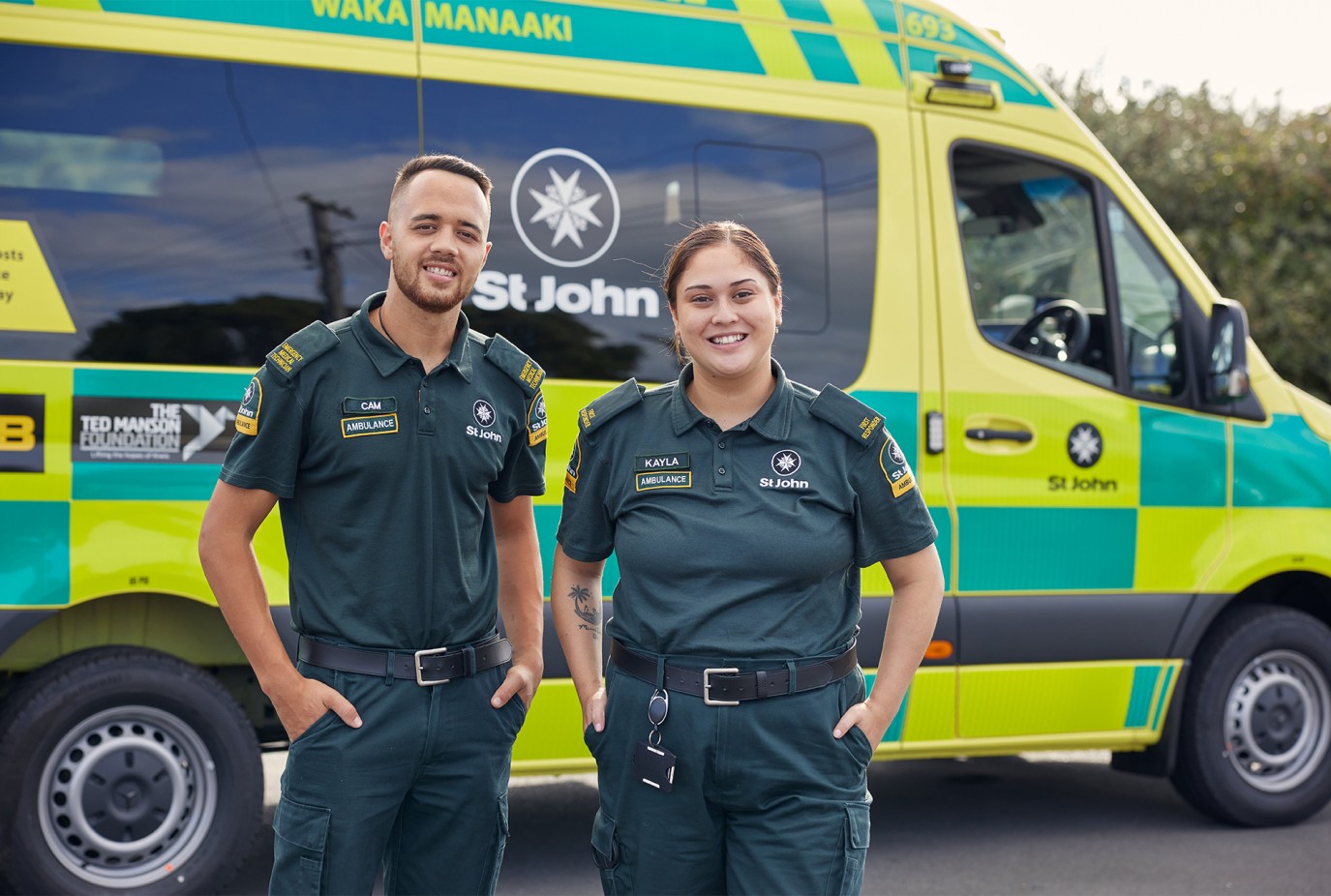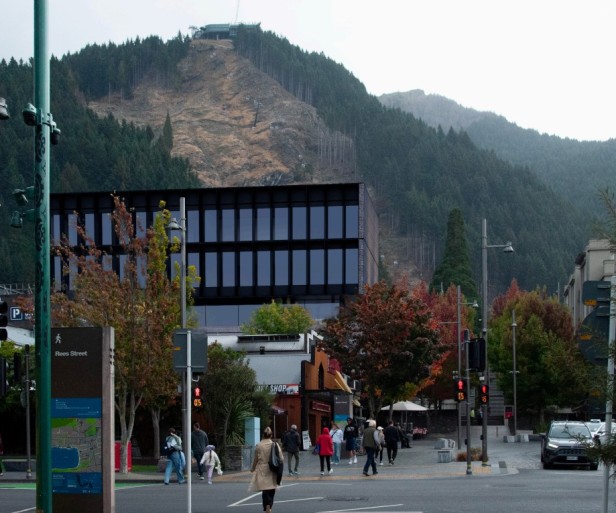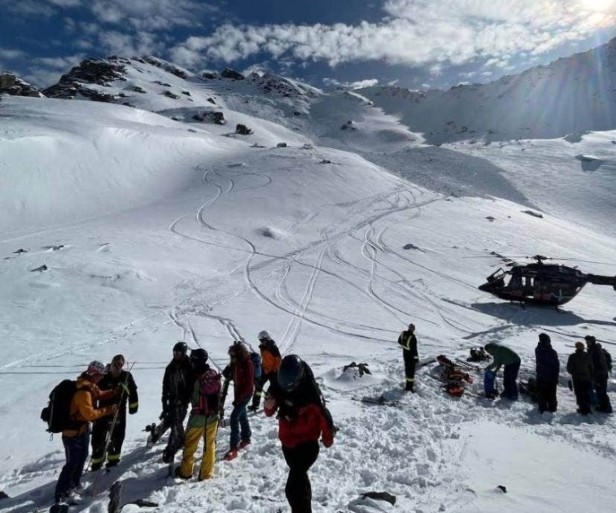Big increase in medical callouts and hospital ED

The number of patients seeking emergency medical help in Queenstown has increased substantially during the past two years putting pressure on health services.
St John Ambulance staff in Queenstown responded to a whopping 41 percent more callouts in the two years to October this year (2023) than during the previous two years.
Patients turning up at Lakes District Hospital’s Emergency Department have also increased by an estimated 24% in two years.
St John Wakatipu responded to 4350 callouts, up substantially on the two years ending October 2021, area operations manager David Baillie says. In Wānaka, the emergency ambulance team responded to 3159 incidents during that two-year period – up 11.3% on the previous two years.
The most common reasons for Queenstown call-outs were GP referrals – 812, falls and back injuries – 433, patients becoming unconscious or passing out – 396, trauma injuries – 377, unknown complications – 325, breathing problems – 248, sick people – 243, chest pain – 241, traffic accidents – 168 and convulsions or fitting – 138.
GP referrals were also the most common reason in Wanaka – at 1204, much higher than Queenstown. Falls and back injuries were each 221, chest pain - 220, breathing problems - 177, unconsciousness or passing out - 169, sick people - 138, abdominal pain - 90, traffic accidents – 90, and strokes - 72.
Baillie says Covid restrictions may have slightly affected the figures, but in Queenstown from January last year (2022) until October this year, St John still responded to 4010 callouts. The reasons were similar with abdominal pain, assaults and heart problems added.
In Wānaka St John responded to 2782 incidents in that period.
“Every year Hato Hone St John is seeing an increase in demand for ambulances across New Zealand,” Baillie says.
More than 670,000 (674,347) calls were answered by staff nationally for the year ending June this year (2023), and more than 520,000 (526,457) patients received care, advice, and treatment.
Lakes District Hospital’s ED staff are expecting to have handled 16,000 patients by the end of this year (December 31). Te Whatu Ora Southern group director of operations Hamish Brown says that’s up 24% from 12,914 patients for 2021 and 14,299 last year (2022).
“Our Emergency Department is similar to others in Aotearoa and is experiencing an increase in patients presenting during the year, often with higher acuity health needs,” Brown says.
Presentations have been steadily growing since 2021. “Part of that is the district’s population growth and tourists returning to the Queenstown Lakes District after the borders reopened.”
“The area is a tourism mecca so the Lakes District Hospital ED does experience an increase in patients during certain seasons,” he says. “This year’s winter was busy, and we are also expecting a busy summer.”
It puts pressure on staff, but nobody seeking medical assistance is ever turned away.
“Lakes District Hospital is well resourced but we’re actively recruiting for more nurses because the ED department year-on-year is experiencing an increase in patient presentations.”
It’s important to keep the emergency department for emergencies and Brown encourages those who don’t require immediate emergency care to access “appropriate alternative care options” if they can’t access their GP.
It’s believed that with increasing living costs more people may be opting to wait at the public hospital ED instead of their GP.
However, Queenstown Medical Centre ceo Ashley Light says with usually only a 30 to 60-minute wait at QMC’s ED a quick ‘cost benefit analysis’ may show they’re better off in time paying. QMC’s ED also experiences very high numbers during peak winter and summer.
Fortunately, it’s in a “very unique” situation nationally with 28 GPs available and usually a wait to get in of no more than 24 hours, Light says.
Dr Fiona Rorrison, of The Village Medical Centre, says patient demand and numbers are definitely increasing and their practice is “growing very rapidly”. “We’ve reached capacity and closed off the books at times,” she says. “There’s definitely big demand. Winter was really difficult and we were starting to feel pressured.”
A few urgent spots are kept daily but always fill quickly. While patients can still be seen within a day, or a week for a specific doctor, she’s aware of GP practices around Auckland and Northland where there’s an 8-week waiting list, even 10 weeks for a routine GP visit. “We’re really lucky here.”
With such a young active community doctors see a lot of skiing and mountain biking injuries here, and more mental health issues over Christmas - a difficult time for some people.
With the busyness not letting up Baillie says St John’s new, recently introduced Queenstown First Response Unit, crewed by dedicated volunteers, now acts as an on-call response vehicle supporting paid paramedics. “It’s deployed to an incident when a full-time ambulance isn’t available.”
St John sees a lot of incidents caused by too much alcohol during the summer period and Baillie says they’re urging people to “drink responsibly and look our for their friends and whanau” this festive season.
People should also familiarise themselves with where they’re going and staying over the holiday break so that they have the exact address in case they need an ambulance. “Pre-existing medical conditions can quickly become an emergency if you don’t have your regular medicine so stock up on your prescriptions before you head away,” he says.
“We hope that everyone has a safe and enjoyable New Year.”









